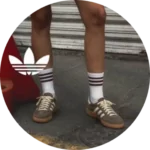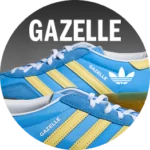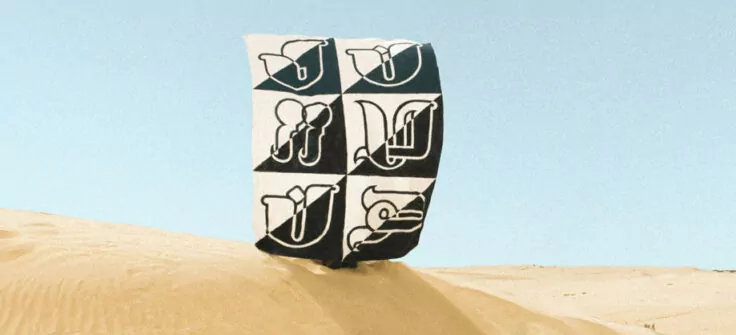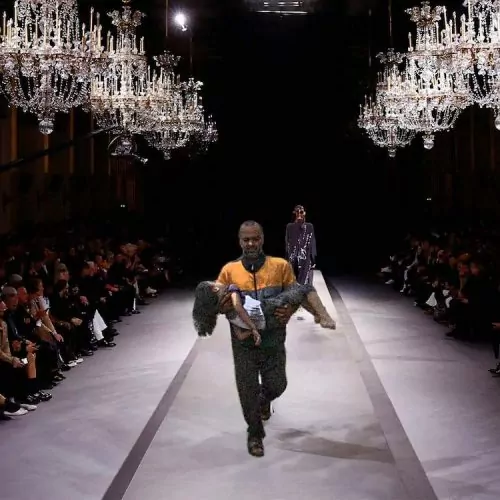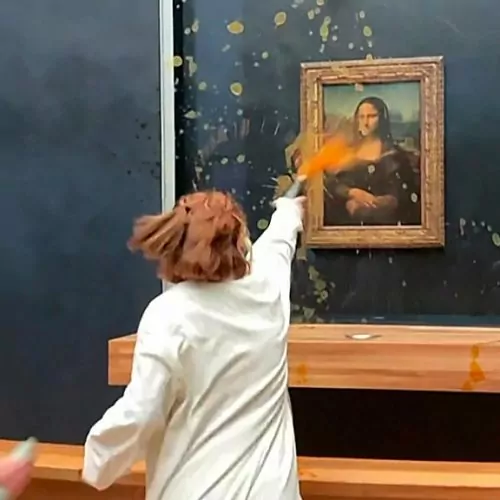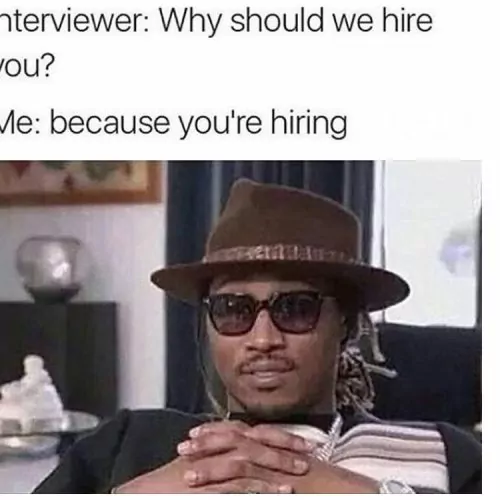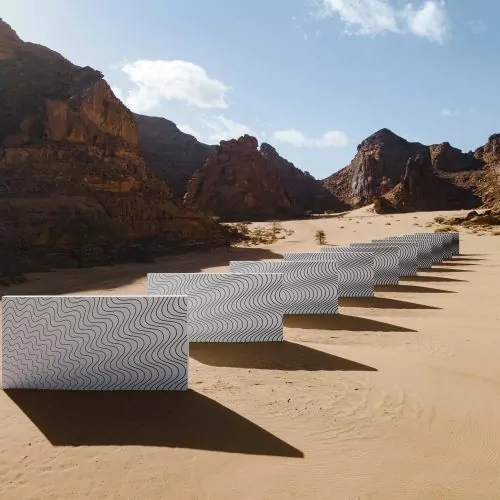It’s common for political upheaval to mark the beginnings of powerful art movements. When the Tunisian revolution happened, Sadk Kaffel and Yassin Bouzid—who were 17 and 14- at the time—were practically oblivious to the role they were about to play in shaping the nation’s creative spirit.
Under Ben Ali’s rule, the nation’s creative future was glum to say the least. For years, the dictator supressed most forms of expression, and criticism was rarely given without repercussions. The general public lived in fear for 23 years, and it was only during football games that fans would dare to publicly denounce Ben Ali and his wife’s mafioso family.
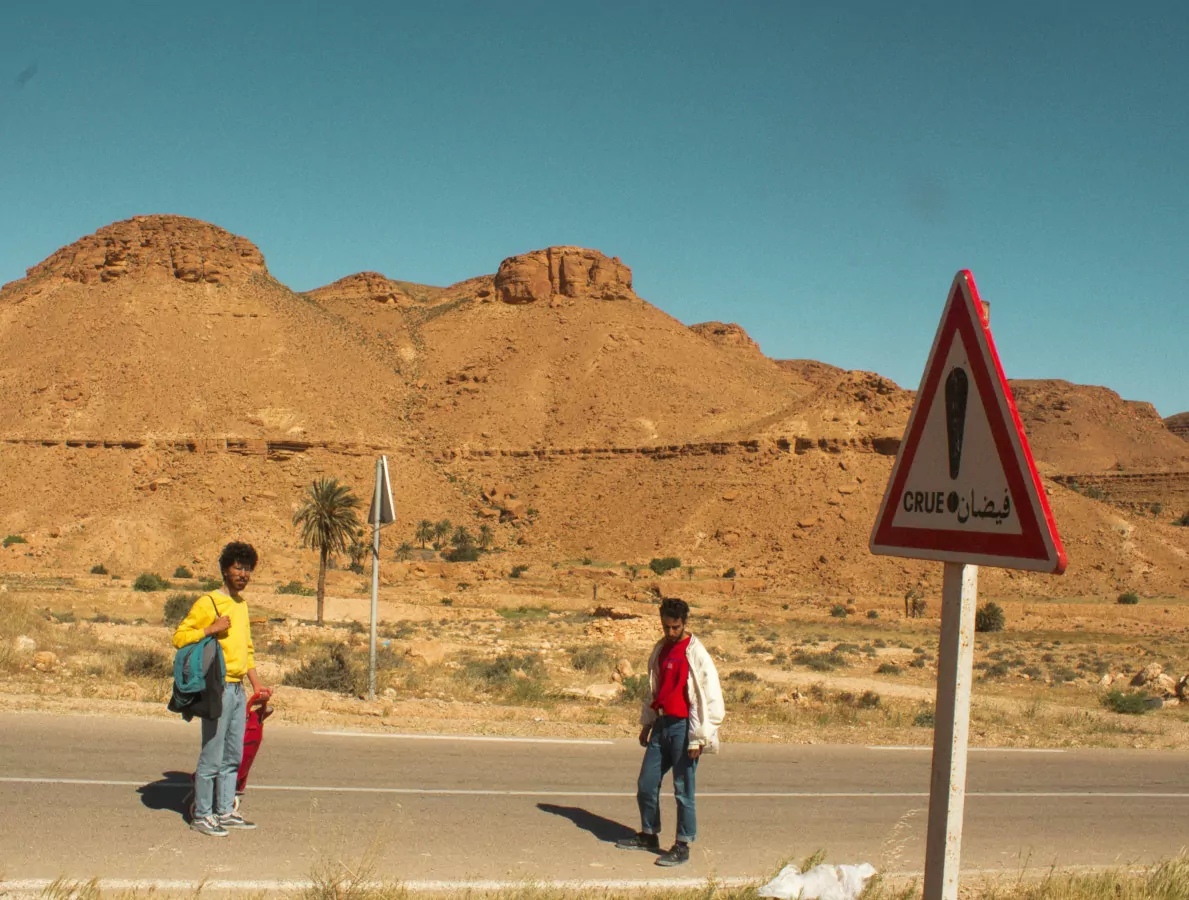
And it’s within the walls of these stadiums that Kaffel and Bouzid kickstarted their careers. Soon after the revolution, the Sfax natives (who had yet to meet) joined unofficial football fan clubs, known in Tunisia as “ultras” where they were first introduced to the concept of art, designing banners and flags.
The duo formed their collective ST4 The Project, which is known across the nation for their distinctive style, which fuses together Arabic typography and graffiti.
We caught up with the duo to discuss their work and the role the revolution played in Tunisia’s creative scene.
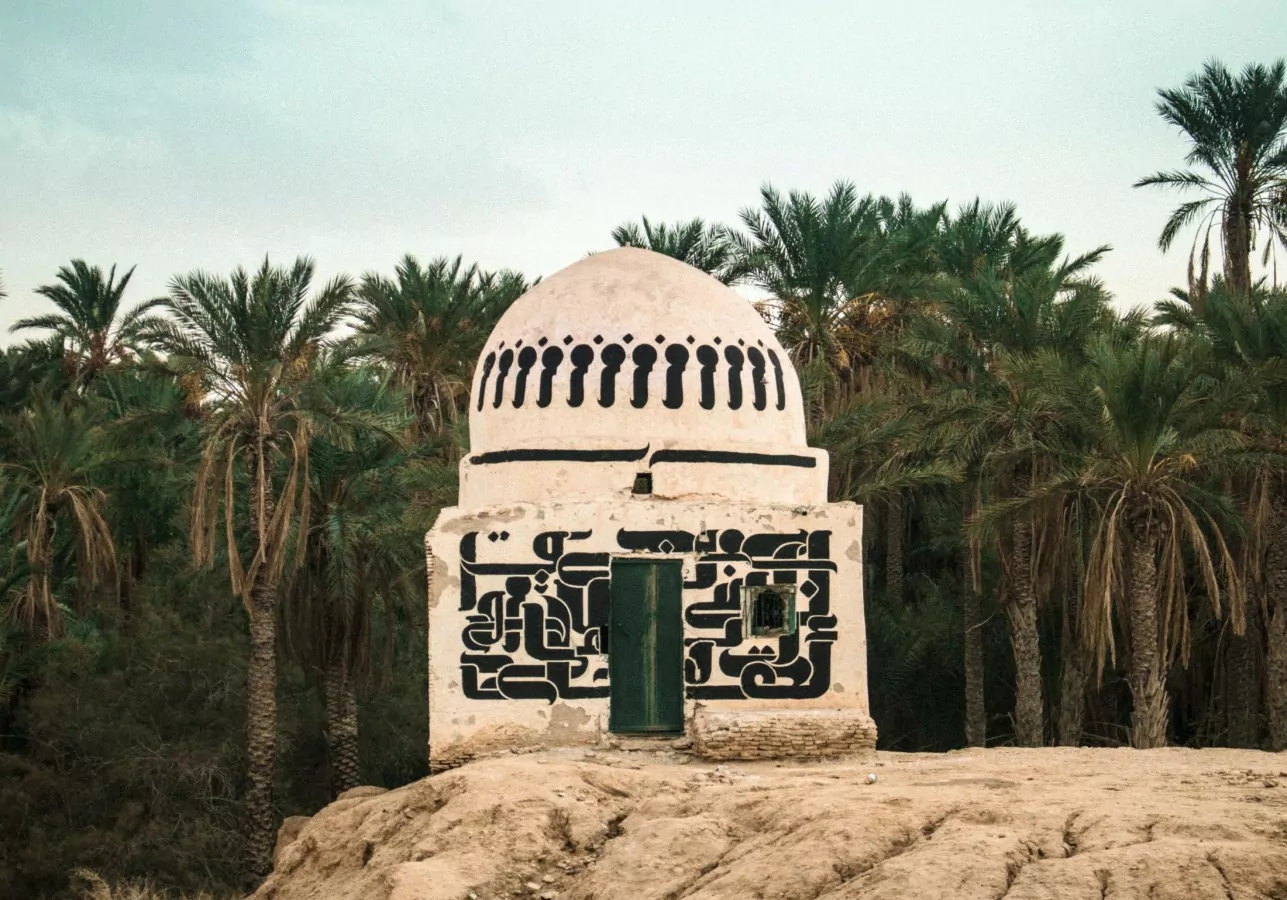
How did you guys meet?
Yassin: Sadk started doing graffiti, and I was working on a wall in Sfax. He saw me, and he wanted to talk. So we had a coffee, and decided to work together. We thought, “let’s encourage each other to make something happen”.
Sadk: There wasn’t really a street art scene in Sfax. In Tunis as a whole, it was just starting out when we got together in 2013. I was really happy to meet Yassin, I didn’t think there was anyone around who was designing. And I was really lucky to run into him like that. It was by chance.
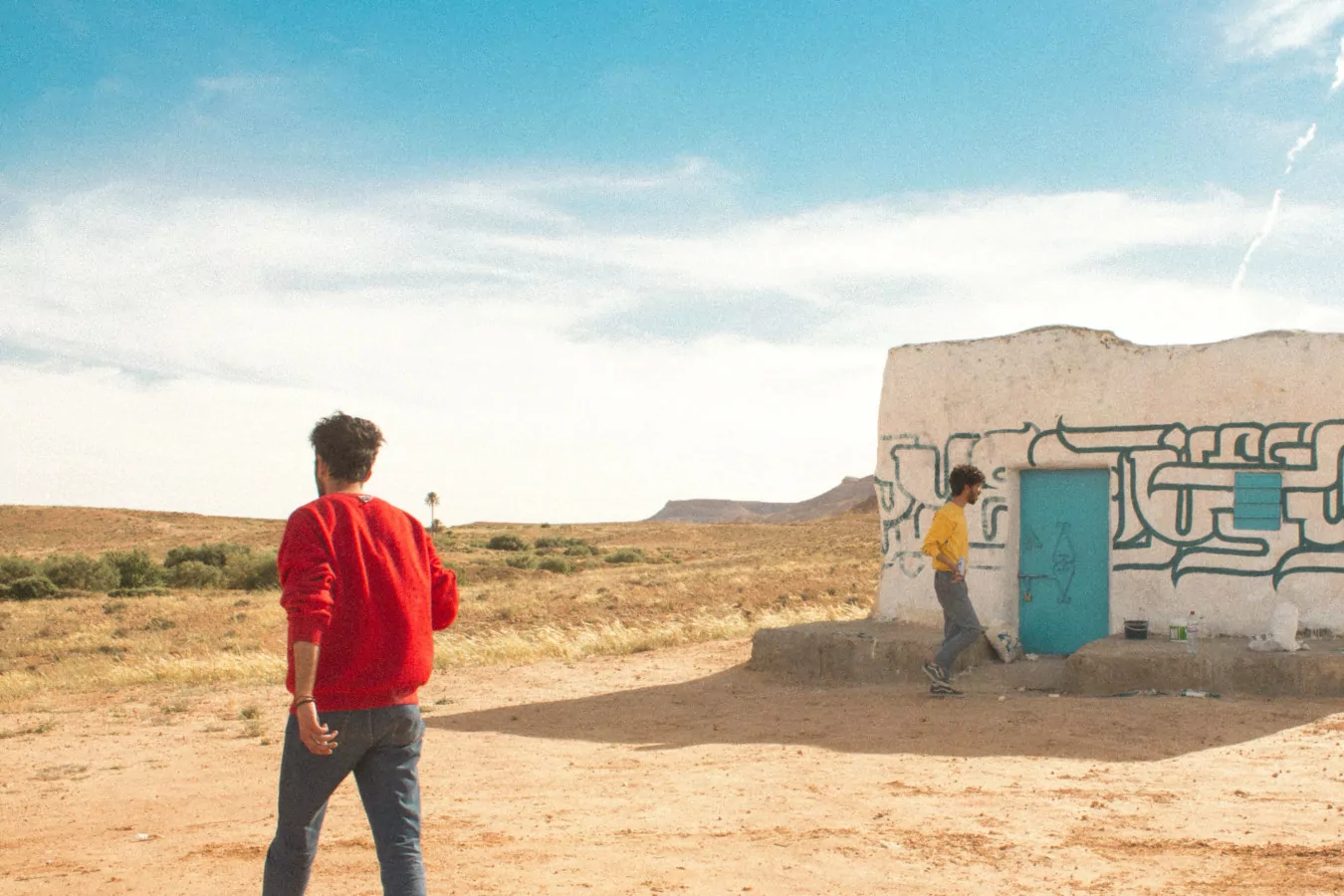
You started working together soon after the revolution, what was it like to be an artist during that time?
Sadk: We were all shocked. We weren’t thinking about art before the revolution. After it, we began to question things, existential things. The scene, not just the art scene, but the whole vibe left society searching for something. We were living in a time where you couldn’t really think for yourself. There was a system that everyone had to follow, and all of the sudden everything was game.
Yassin: Everyone wanted to find their voice and express it. People just wanted to say they exist.
Sadk: You were just surviving before, and all of the sudden you wanted to live. We all started to think of ourselves and the society that surrounded us.

Was the revolution a big driver for your work?
Yassin: The context of the revolution is very important. The football fan clubs we started with, for example, were only able to fully express themselves after the revolution. We weren’t really allowed to express ourselves in stadiums before.
Sadk: After the revolution, because we were spending a lot of time thinking as a society, we started looking for alternative ways to express ourselves. It was basic at first. The football fan club was an initial way for us to know we have the capacity to express our voice. We learned the mechanism, and we applied it to our work with ST4.
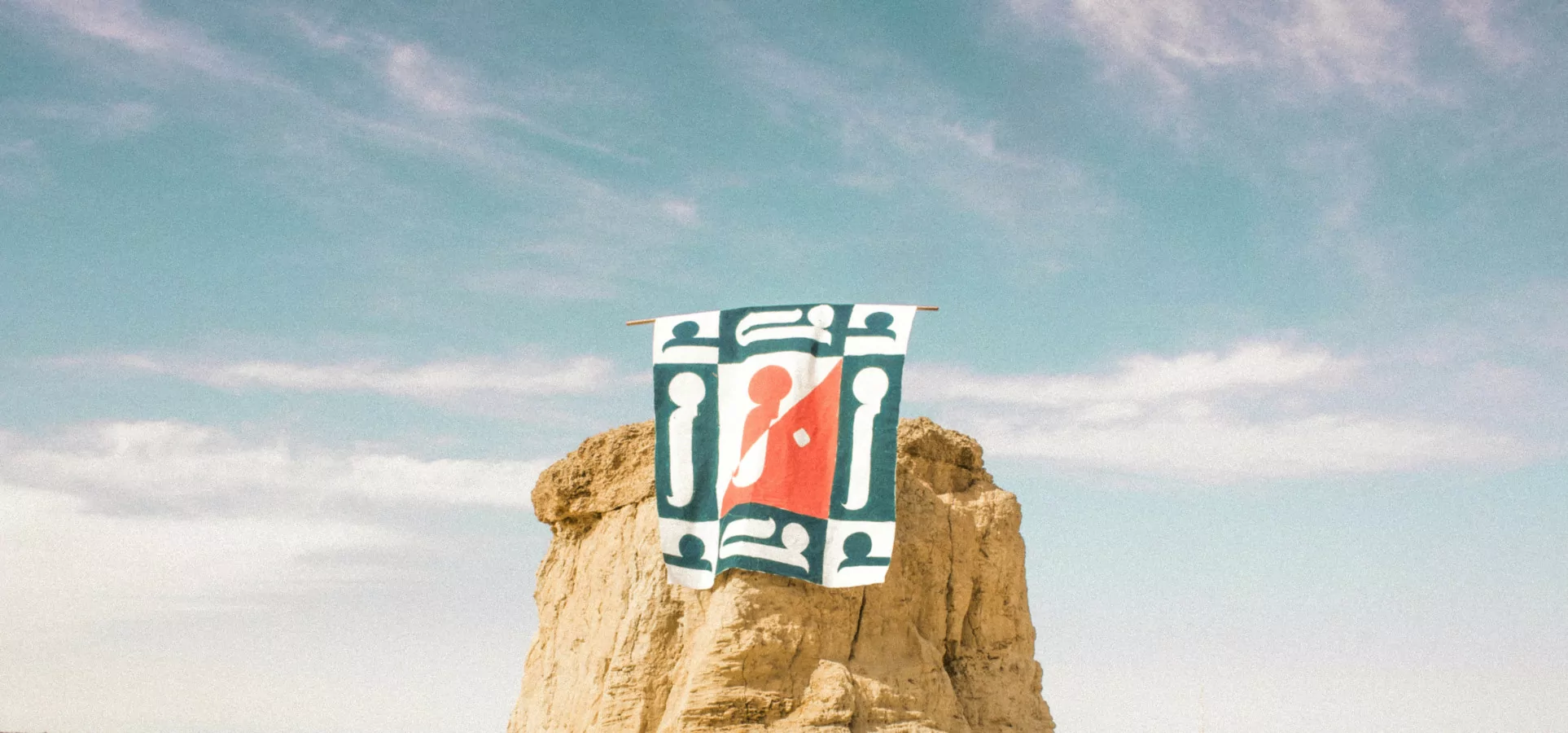
What’s been your favourite project so far?
Yassin: We wanted to immortalize our work in places where there weren’t any walls to paint on, so we decided to go back to our roots with the ‘ultras’ and work with flags. We wanted to question the ephemeral, so we drove out to the desert and installed flags of our work.
Sadk: It’s called Intertwined Winds. It’s all about the experience of going somewhere you don’t know and how to communicate with the place, and create a sort of harmony and get to know it. We just took our flags, and went there. We wanted to see how our work interacts with the space.

What are you guys currently working on?
Sadk: We’re working on a solo exhibition.
Yassin: It’s our first.
